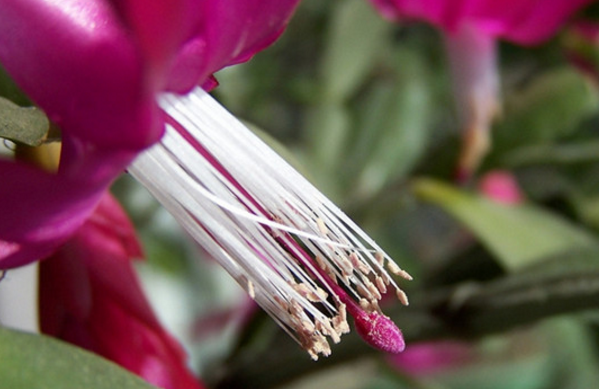Propagation methods of Aristolochia manshuriensis
Akebia do not famous mountains, such as grass, wild papaya, deciduous wood vines, its rattan stems can be used as medicine, there are diuretic Tonglin, Qingxin except trouble, under the effect of menstruation, medicinal value is high. Nowadays, it is widely cultivated in the country. How to breed it before planting is an important thing. Let's take a look at the detailed introduction together with Xiaobian.

1. Seed reproduction
When the fruits are ripe in September and October, the fruits are picked, the pulp is eaten, the seeds are reserved for later use, and the seeds are prepared for sowing in autumn. Before sowing, the seeds are firstly washed once with alkaline water, then rinsed once with clean water, and taken out and dried. Choose a deep soil layer, loose fertile soil, good drainage plot, after soil preparation as a seedbed, the treated seeds evenly broadcast on the seedbed, cover a layer of shallow soil, then water to keep the soil moist, soon after the emergence, cultivation after 1 year can be transplanted, but the results take 3-4 years, time-consuming, so it is not commonly used in production.
2, layering propagation
Akebia stem germination is strong, in the stem growth period, the growth of 1-2 years of vines buried in the soil, in order to speed up its rooting, can be drawn at the top of the vine a wound, about 1 month later can take root. When the root system grows to a certain extent, it can be separated from the mother plant and planted in another place. This method can be carried out all year round, and it can bloom and bear fruit in the second year of planting, so it is more commonly used in production.
3. Sub-root propagation
Root propagation is generally carried out before germination in early spring. The plant is dug out with roots, divided into several plants, and transplanted separately. Generally, under the condition of not cutting branches and vines, the fruit can be transplanted in the same year.
4. Cutting propagation
Cuttings can be carried out all year round. First, the branches and vines that grow strongly on the mother plant, have no diseases and insect pests, and grow for 1-2 years are selected as cuttings, and the cuttings are cut into about 10 cm in length. Then cuttage in the prepared seedbed, cuttage depth in half or one-third can, cuttage to frequent watering, keep the soil moist, at the same time to build a good shade net, in order to root survival. If there are conditions, in the cuttage before soaking with rooting powder and then cuttage, survival rate can be as high as 95%.
The above is an introduction to the breeding method of Akebia, I hope to help you, if you want to know more about the relevant knowledge, please pay attention to us.
- Prev

The fairy refers to the reason why it doesn't blossom.
Cactus refers to, also known as cactus branch, Candle Festival cactus, beautiful plant shape, beautiful flowers and colors, high ornamental value, is an ideal pot for indoor breeding. Fairy refers to how to raise fairy finger culture method: temperature, the suitable growth temperature of fairy finger is between 19-32 ℃, and the suitable temperature in winter is 7-13 ℃.
- Next

Common diseases and control methods of chicory
Common diseases and control methods of chicory
Related
- Fuxing push coffee new agricultural production and marketing class: lack of small-scale processing plants
- Jujube rice field leisure farm deep ploughing Yilan for five years to create a space for organic food and play
- Nongyu Farm-A trial of organic papaya for brave women with advanced technology
- Four points for attention in the prevention and control of diseases and insect pests of edible fungi
- How to add nutrient solution to Edible Fungi
- Is there any good way to control edible fungus mites?
- Open Inoculation Technology of Edible Fungi
- Is there any clever way to use fertilizer for edible fungus in winter?
- What agents are used to kill the pathogens of edible fungi in the mushroom shed?
- Rapid drying of Edible Fungi

